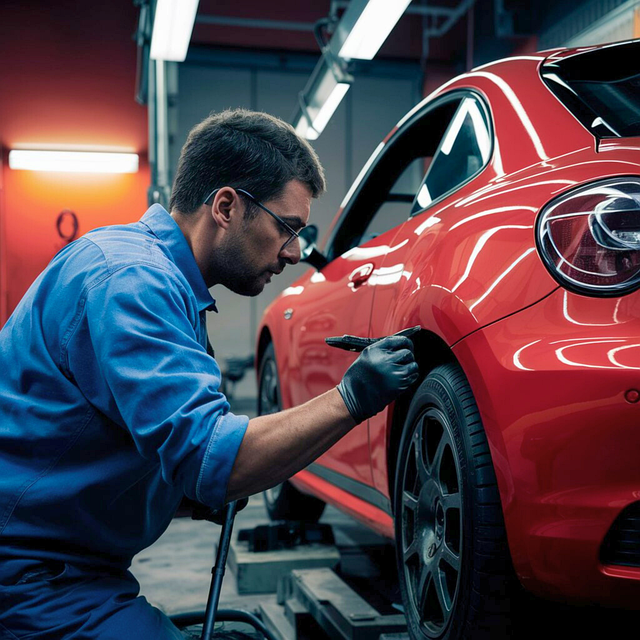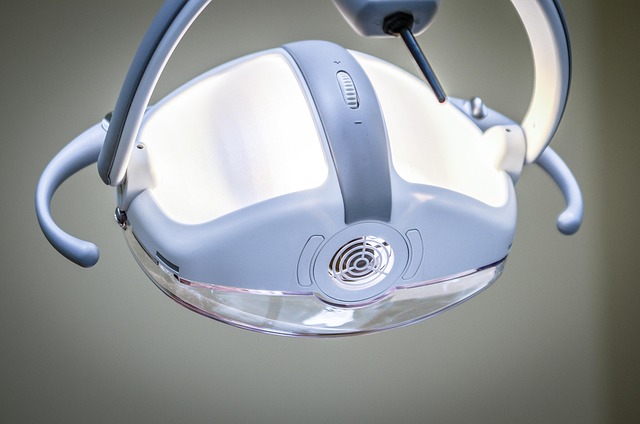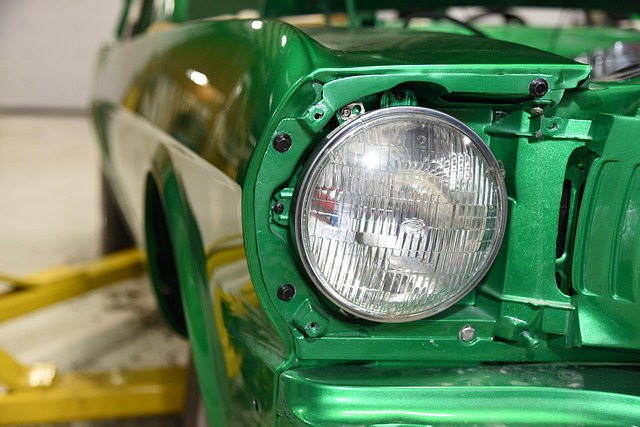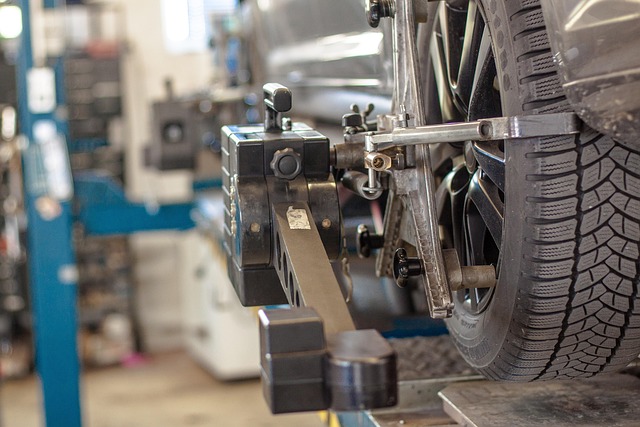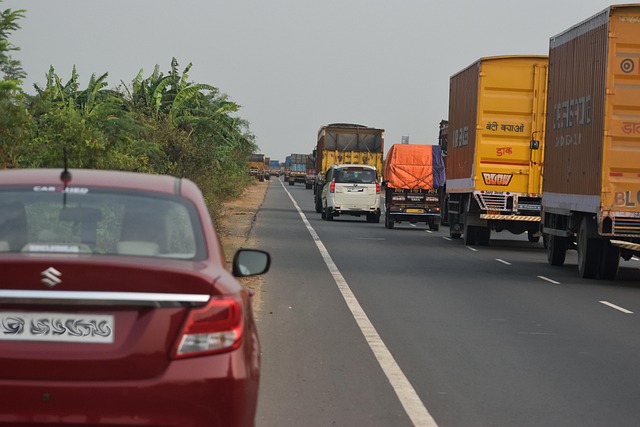A Tesla Drive Unit (TDU) inspection is crucial for identifying and resolving power problems like shuddering or skipping in Teslas. The TDU manages power distribution from the battery pack to the motor, delivering instant torque and responsive acceleration. Inspections involve visually checking for damage and loose connections, verifying power components' health with a multimeter, and seeking expert help for advanced issues using specialized tools. Regular maintenance and prompt repairs by a reputable auto collision center are vital to prevent escalation, ensuring optimal Tesla performance while maintaining bodywork integrity.
“Experience shudders or skipping power in your Tesla? It might be time for a Tesla drive unit inspection. The drive unit, a core component of Tesla’s electric powertrains, ensures smooth, efficient driving. This article guides you through understanding the drive unit and its functions, identifying power issues like shuddering or skipping, and offers comprehensive troubleshooting steps for a thorough inspection. Learn how to diagnose and potentially resolve these problems to keep your Tesla purring smoothly.”
- Understanding Tesla Drive Unit and Its Function
- Identifying Shuddering or Skipping Power Issues
- Conducting a Comprehensive Inspection and Troubleshooting Steps
Understanding Tesla Drive Unit and Its Function

The Tesla Drive Unit (TDU) is a core component of the electric vehicle’s drivetrain system, responsible for managing and distributing power to the wheels. It acts as a bridge between the battery pack and the motor, controlling the flow of electricity to ensure efficient and smooth operation. During a Tesla drive unit inspection, especially for issues like shuddering or skipping power, it’s crucial to comprehend its multifaceted role in vehicle performance. The TDU’s intricate design involves advanced electronics and software that work harmoniously to deliver instant torque and responsive acceleration characteristic of Tesla vehicles.
When conducting a vehicle restoration or car restoration focusing on the drive unit, meticulous attention is required. This involves inspecting connectors for loose or damaged wires, verifying the health of power components like capacitors and diodes, and checking for any signs of heat damage or component failure. Proper servicing and regular maintenance of the Tesla drive unit not only enhance the overall performance but also contribute to a safer driving experience, ensuring that the vehicle’s powertrain operates seamlessly without unexpected shudders or skips in power delivery.
Identifying Shuddering or Skipping Power Issues
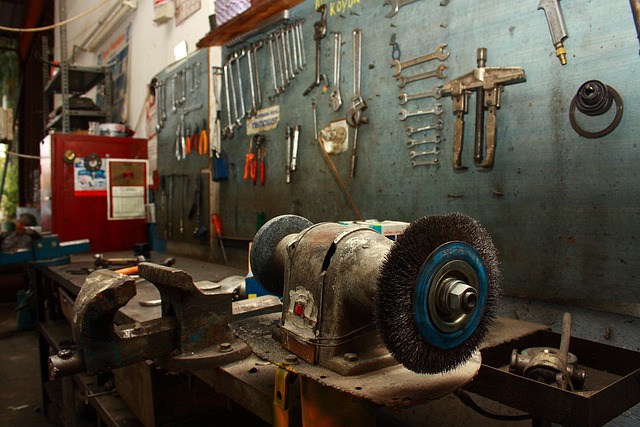
When it comes to identifying shuddering or skipping power issues in a Tesla, a thorough Tesla drive unit inspection is paramount. Pay close attention to any irregular vibrations or jerks while accelerating, as these could indicate problems with the motor, transmission, or drivetrain components. During the inspection, mechanics will carefully assess the condition of vital parts like gears, bearings, and pulleys, looking for signs of wear, damage, or misalignment that could lead to power delivery inconsistencies.
Regular maintenance and timely repairs are crucial in preventing these issues from escalating. If you suspect your Tesla is experiencing shuddering or skipping power, it’s best to visit a reputable auto collision center or car collision repair shop for a comprehensive evaluation. Skilled technicians will employ advanced diagnostic tools to pinpoint the source of the problem, ensuring your vehicle receives the precise care needed to restore smooth and efficient performance, maintaining the integrity of your car’s car bodywork.
Conducting a Comprehensive Inspection and Troubleshooting Steps

When conducting a Tesla drive unit inspection for shuddering or skipping power, it’s crucial to approach the process methodically. Begin by visually inspecting the drive unit and its surrounding components for any signs of damage, corrosion, or loose connections. This initial step often reveals straightforward issues like faulty cables or misaligned parts that can be rectified with basic tools and expertise.
Troubleshooting should follow a structured path. Check power supply and ground connections first, ensuring they are secure and clean. Verify the drive unit’s operation by testing individual components using a multimeter. If anomalies persist, delve deeper into motor control modules, inverters, or sensors, which may require specialized diagnostic tools to uncover hidden faults. Consider consulting a reputable auto collision center or frame straightening expert if advanced repairs are needed, ensuring your Tesla receives the utmost care for a seamless driving experience.
When conducting a Tesla drive unit inspection for shuddering or skipping power, it’s crucial to understand the system’s function and identify specific issues. By following comprehensive troubleshooting steps, you can effectively diagnose and resolve problems. Regular inspections are key to maintaining optimal vehicle performance and ensuring a smooth driving experience. For any persistent issues, consult a professional to avoid further complications. Remember, a thorough Tesla drive unit inspection is an essential step in keeping your electric vehicle running at its best.

